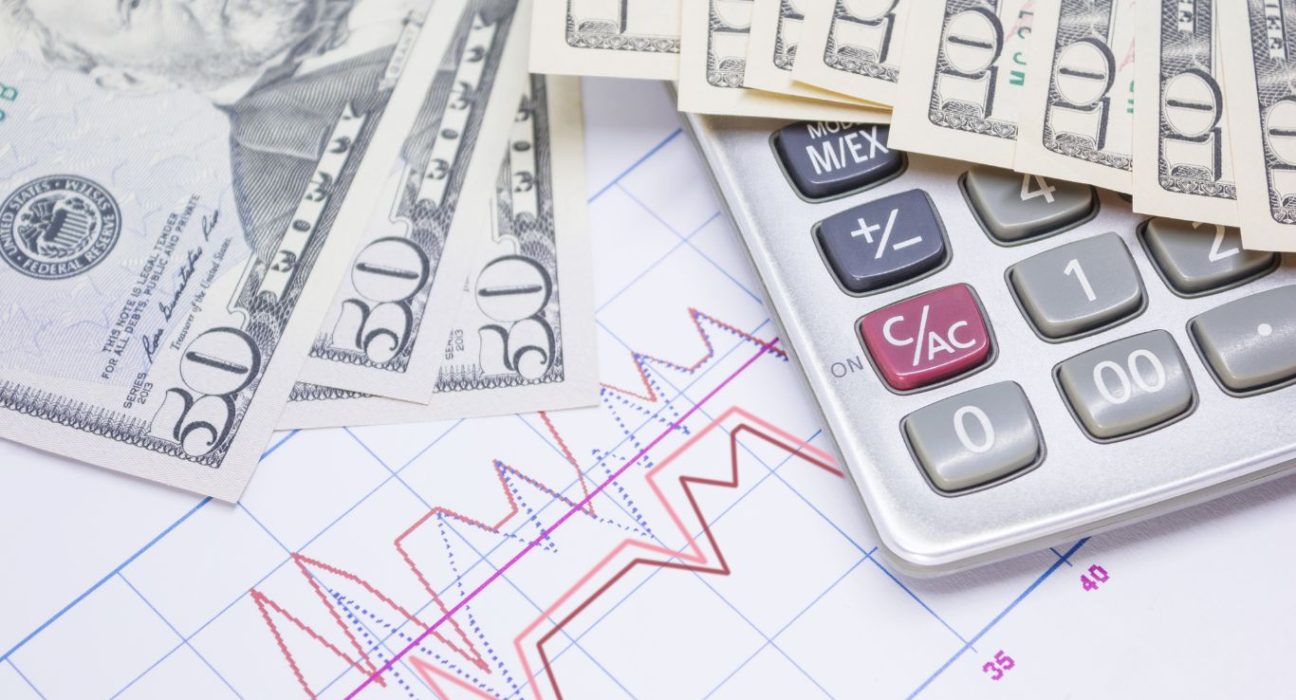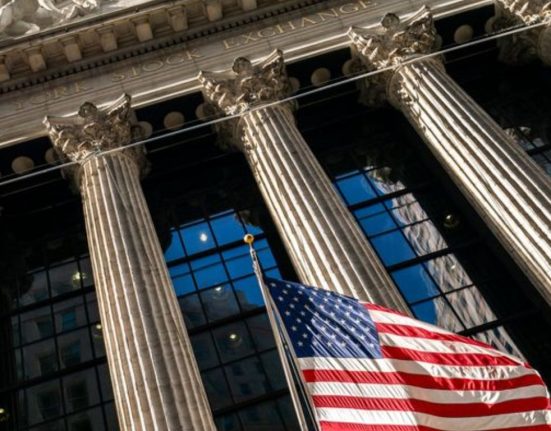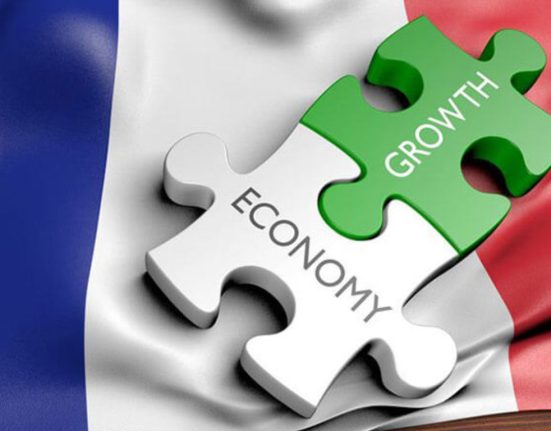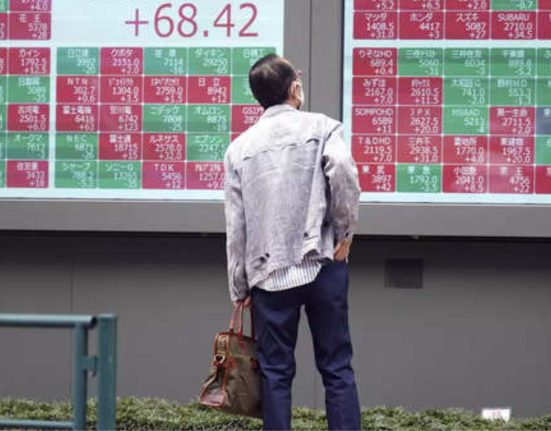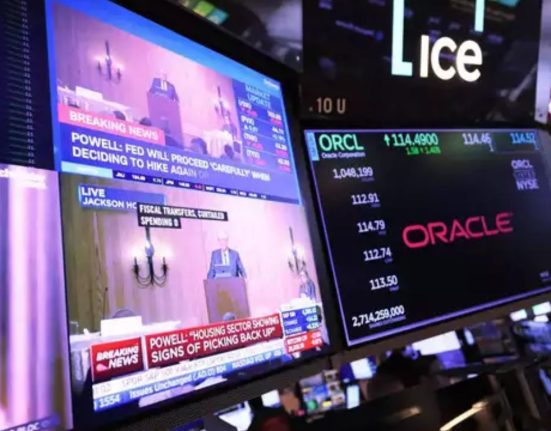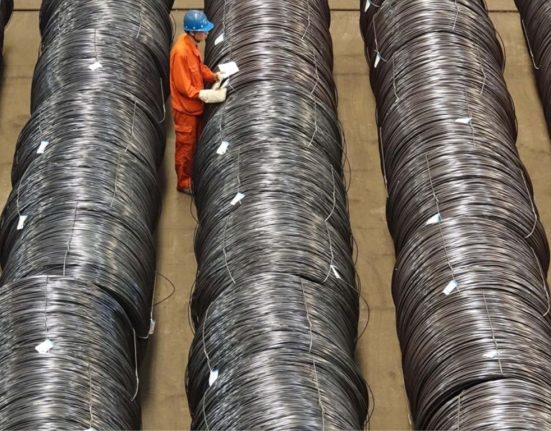As traders and investors await guidance from the Federal Reserve on possible interest rate hikes, two main indicators are being closely monitored: inflation and employment. While the consumer price index (CPI) has slowed down, other inflation indicators continue to point upwards.
The recent advance US Q1 GDP report showed high PCE inflation numbers, which were confirmed by today’s core PCE price index report that came in above expectations. Last month’s number was also revised higher, indicating a sustained trend of increasing inflation. However, despite these high numbers, the USD declined after the report. It’s possible that yesterday’s high numbers may have already put an upward bias into this data point.
The slowing of CPI can be attributed to the lower demand for certain goods and services due to the ongoing pandemic. However, as the world begins to recover from the pandemic, demand for these goods and services is expected to rise, leading to higher inflation.
In addition to inflation, employment figures are also being closely watched for signs of a possible rate hike. The unemployment rate has been declining steadily, with the latest report showing a rate of 6.0%. This is a significant improvement from the peak of 14.8% reached during the pandemic, but it still remains above pre-pandemic levels.
As employment figures continue to improve, the Federal Reserve may start to consider raising interest rates to keep inflation in check. However, this decision will also depend on other economic factors, such as the performance of the stock market and overall economic growth.
One possible concern for investors is that an increase in interest rates could lead to a decline in the stock market. This is because higher interest rates would make it more expensive for companies to borrow money, leading to a decrease in earnings and potentially causing investors to move their money elsewhere.
On the other hand, higher interest rates could lead to a stronger dollar, which would make imports cheaper and help to curb inflation. This would also make it more attractive for foreign investors to invest in US markets, potentially leading to increased demand for US stocks and other assets.
In conclusion, the Federal Reserve’s decision on interest rate hikes will depend on a variety of economic indicators, including inflation and employment figures. While inflation indicators remain high, the slowing of CPI and other factors may provide some relief. Employment figures are also improving, but the Federal Reserve will need to consider other economic factors before making a decision on interest rates. Investors will need to keep a close eye on these indicators in the coming months to anticipate any changes in the market.
